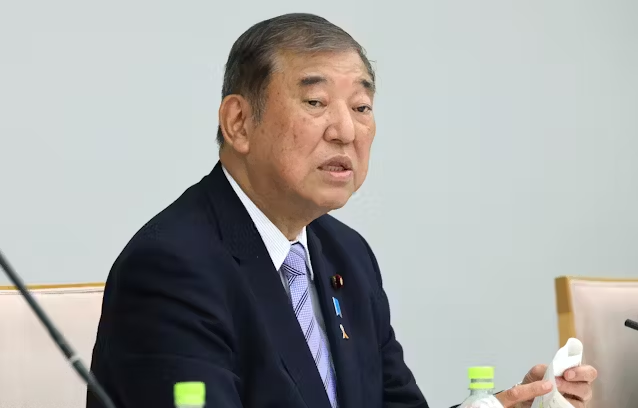On October 31, the first “Green Transformation (GX) Executive Meeting” was held to discuss decarbonization strategies after the establishment of the new government of Shigeru Ishiba. The government plans to focus on investment in renewable energy such as geothermal power generation in the economic policy to be announced in November to revitalize the local economy. At the same time, it promised to submit a draft of the new energy basic plan within the year.

The Prime Minister stressed at the meeting: “Green transformation is a major opportunity to break Japan’s 30-year economic stagnation and will become an important engine for promoting regional economic development and improving the living environment.” He said that decarbonization investment will inject new vitality into the local economy.
It is worth noting that the GX policy was originally proposed by former Prime Minister Fumio Kishida, aiming to achieve a win-win situation of decarbonization and economic growth. The policy plans to mobilize public and private funds over the next decade, with a total investment of more than 150 trillion yen for decarbonization projects. The former government originally planned to formulate a national strategy for 2040, the “GX2040 Vision”, by the end of 2024.
The new Ishiba government has decided to continue to promote this policy and announced that it will submit a “Basic Energy Plan” and a draft strategy, including new goals for the electricity structure by 2040, within the year.
In terms of current work priorities, the new government will promote GX through economic policies to drive local economic growth. Specific measures include: expanding the scope of exploration in areas rich in geothermal resources, accelerating the development of hydropower, etc. Geothermal and hydropower have always been forms of energy that the prime minister attaches great importance to. In addition, the policy will also include measures such as supporting households to install energy-saving windows and high-efficiency water heaters, and subsidies for the purchase of electric vehicles.
In the recent House of Representatives election, the Liberal Democratic Party suffered a major setback, and the ruling coalition formed with the Komeito Party lost more than half of the seats in the House of Representatives. The government and the ruling party hope to get the support of the opposition parties when promoting the GX policy. Since the opposition parties such as the Constitutional Democratic Party and the Democratic Party for the People are closer to the ruling party in terms of expanding the use of renewable energy, they also have fewer objections to policies that support households and businesses to achieve decarbonization.
Considering that the development of artificial intelligence will lead to an increase in electricity demand for data centers, the government advocates that “renewable energy and nuclear energy are both necessary power sources for decarbonization” when promoting GX policies and discussing future power structures.
The National Democratic Party has proposed the “pragmatic promotion of carbon neutrality” and plans to adopt thermal power generation that has undergone emission reduction treatment while using nuclear energy.
In its political platform, the Constitutional Democratic Party regards the “green” sector as one of the pillars of economic growth, advocating the realization of carbon neutrality as soon as possible, with the goal of eventually achieving 100% renewable energy generation.
The passage of the energy basic plan and GX policy-related budgets and bills cannot be separated from the cooperation of the opposition parties. At the meeting, the Prime Minister instructed: “We must prepare for the regular National Assembly next year and advance the study of the revised bill on the detailed design of the carbon pricing mechanism.”
Although the Constitutional Democratic Party, the Democratic Party for the People and the Japan Restoration Party have all mentioned studying carbon pricing mechanisms in their respective House of Representatives election manifestos, the specific system design and burden distribution plan have not yet been clarified. The smooth implementation of the policy will depend on whether the parties can reach a majority consensus in policy negotiations.








